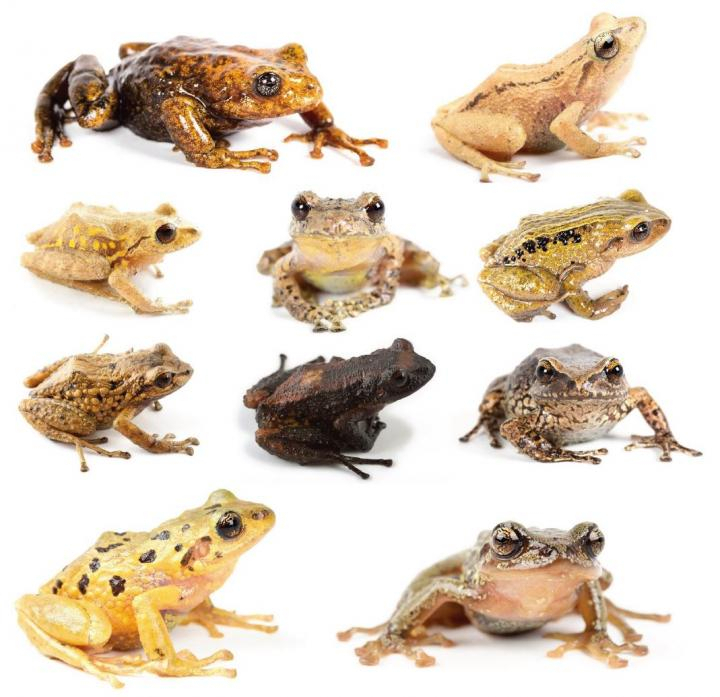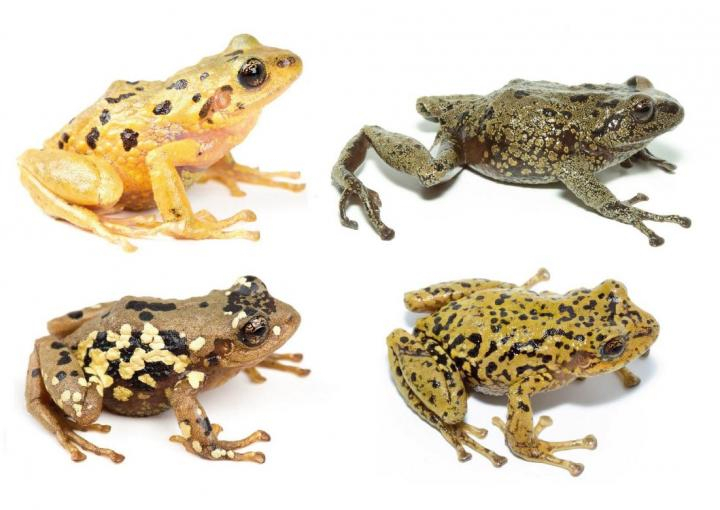
Eleven new species of rain frogs are discovered in the Ecuadorian Andes, characterized differently based on genetic, morphological, bioacoustic, and ecological features. All of the rain frog species lack tadpole stage of development.
Two scientists from the Museum of Zoology of the Pontifical Catholic University of Ecuador in the open-access journal ZooKeys described the features in detail, making the publication remarkable with the large number of new species of frogs in one go.
Most studies on vertebrate animals list between one and five new to science species, because of the difficulty of their collection and the copious amount of work involved in the description. In fact, the last time a single article dealt with a similar number of newly discovered frogs was from the western hemisphere in 2007, when Spanish scientist Ignacio de la Riva described 12 species from Bolivia.
Moreover, the new paper by Nadia Paez and her supervisor Prof Santiago Ron comes as part of the undergraduate thesis at the Pontifical Catholic University. Normally, such a publication would be the result of the efforts of a large team of senior scientists. Currently, Nadia Paez is at the University of British Columbia in Canada.

But a major concern for biologists now is that most of the newly described frog species are listed as either Data Deficient or Threatened with extinction, as per the criteria of the International Union for Conservation of Nature (IUCN). The listed amphibians appear to have very restricted geographic ranges, spanning less than 2,500 km and their habitats often destroyed by cattle, agriculture, and mining.
One interesting species among the newly described species is the Multicolored Rain Frog, which has an outstanding color variation, varying from bright yellow to dark brown. Initially, the specimens were assumed to belong to two separate species but after intense genetic data, it was realised that they represented a single, though highly variable, species.









